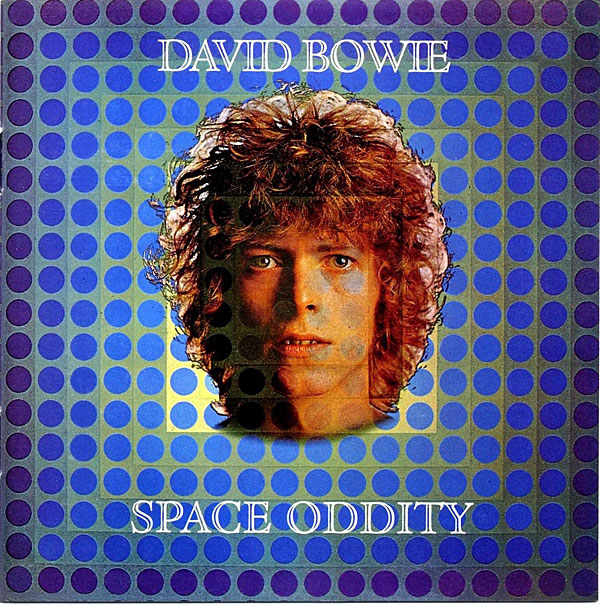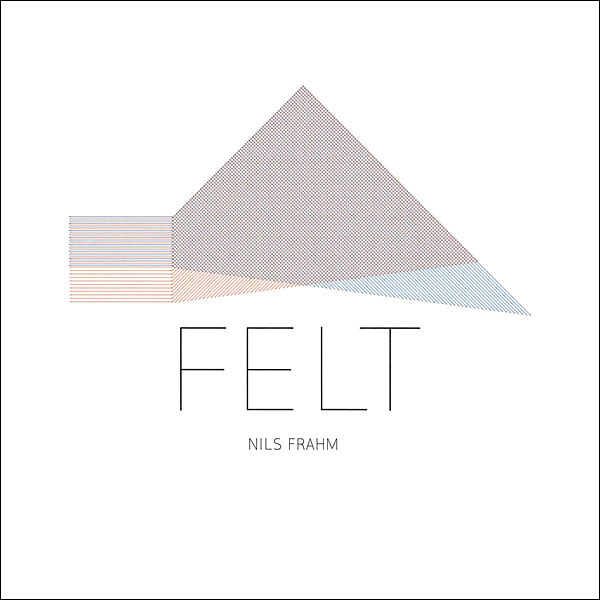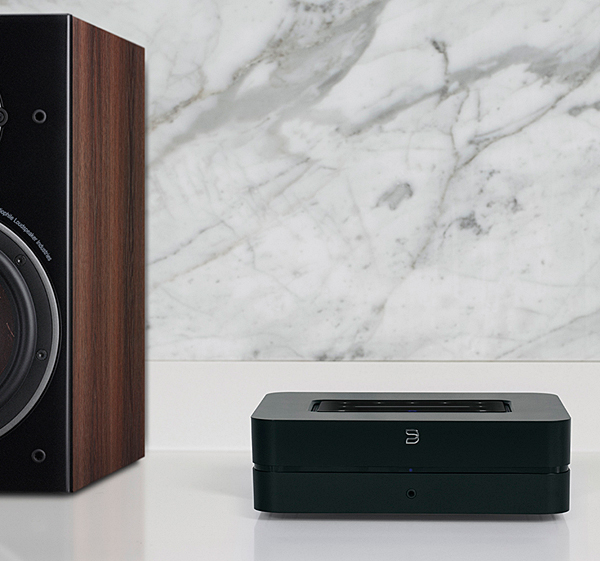| Columns Retired Columns & Blogs |
Bluesound PowerNode streaming integrated amplifier Page 2
Thirty-two-year-old Solána Imani Rowe, aka SZA, is my choice for the finest soul singer of 2022 and beyond (beyond, that is, in the negative direction, backward toward 2015, when she broke through), an emotional powerhouse who performs with great depth of fluidity and feeling. SZA rolls from staccato eighth-note hip-hop phrasing to soaring, swinging embellishments within the space of two bars; her gracefulness and generous spirit are enchanting. SZA fully occupies her music, not gliding above it like so many Spotify top-10 stars.
Footnote 3: BluOS does not display detailed information about the tracks it's playing—just "MQA," "CD" (for CD resolution), or, in Qobuz, "HR" for "high resolution." Often there's more than one version that meets that description—two MQA versions, or 96kHz and 48kHz "HR" versions. Sometimes it was possible to sleuth out which version I was listening to by consulting Roon or the Tidal app, but not always.

SZA's 2020 hit "Good Days" (24/48 MQA, Top Dawg/Tidal) is an ethereal slab of head-tripping summertime melancholy, its reverberant guitar arpeggios and cotton candy drums levitating SZA's scorned-lover message. The Powernode played "Good Days" with ample scale and flow, the music dancing beyond the speakers, SZA's vocal large and centered.
The Powernode framed recordings with precise imaging, fine depth, good tone, and clarity—that last trait the most characteristic. The amp didn't possess the transparency, weight, or scale of my reference separates, but it delivered solid, room-filling, palpable, direct sound, free of overt coloration and editorialization—remarkably so given the price. The BRX's revealing ribbon tweeter was a good match for the Powernode, the amp measuring up to the ribbon's truthfulness. This tiny tot of an amp got out of the way and let the good times and good tunes roll.
Powernode-reproduced vocals seemed natural, flowing, nonmechanical. Playing 1968's Aretha Now (MQA, footnote 3, Atlantic/Tidal) from, of course, Aretha Franklin, the all-time queen of soul, the Powernode presented her voice large, dead center, and rhythmic. The record's production hard-pans instruments left and right, yet the images of those instruments, particularly the rim clicks on Roger Hawkins's snare drum and Jimmy Johnson's guitar on "I Say a Little Prayer for You," were solid and stable, with abundant decay.

Flying forward from the '60s to Close to You, a 2004 release by vocalist Rigmor Gustafsson and pianist Jacky Terrasson (16/44.1 FLAC, ACT/Tidal), the Powernode (with the rest of the system) immersed me in this intimate performance. Gustafsson's rich vocal tone and relaxed style were evident. The soundstage was rendered wide and deep, the music extending well beyond the speakers' little cabinets.

The Powernode relayed David Bowie's "Space Oddity," from the 2015 David Bowie remaster (MQA, Parlophone/Tidal), with wraparound sensuality, and on the deep dance tones of Worakls's Orchestra (Remixes) (16/44.1 FLAC, Hungry Music/Tidal), the giant bass drum pulsed like some alien sci-fi force descending earthward. When present on the recording, the Powernode could supply credible low end.
The Band's "King Harvest (Surely Has Come)" from 2005's A Musical History (16/44.1 FLAC, Capitol/Tidal) was rhythmic, clean, and convincing via the Powernode, these remastered tracks bringing fresh insight to the music of the Canadian bards (plus Arkansan bard Levon Helm). Each vocal and instrumental line through the Powernode was pure and clearly defined, making it easy to focus on the contributions of individual musicians—or to enjoy the whole performance. The Band smacked, swung, and gyrated, playing powerfully as one. Helm, Manuel, Robertson, and company surged through the BRX speakers, sounding as intimate as if I was sitting on the basement steps of Big Pink.
Bluesound meets DeVore Fidelity
Attaching the Powernode to my floorstanding DeVore Fidelity Orangutan O/96 loudspeakers, I was surprised to find that SZA's "Good Days" sounded weaker on the larger speakers; the DeVores exposed the song's lo-fi production and truncated soundstage depth; it's also possible that the Powernode wasn't as fond of the O/96's gentler high end (or vice versa). Much better was "Broken Clocks" from SZA's Ctrl (24/44.1 MQA, Top Dog/Tidal), which again demonstrated the Powernode's ability to dig out deep bass when it's on the recording.
David Bowie's "Space Oddity" sounded great with this pairing, with clarity and scale. Drums had punch. Bowie's vocals were clear and precise. I heard the Mellotron coursing through the song midtrack, tight bass notes, the spacious 3D soundstage on this 2015 remaster. Bowie's acoustic-driven glam extended well outside the speakers. Except for that first SZA song, the old-school DeVores seemed to like the Powernode's class-D technology just fine.
The Band's "King Harvest" was clean, rhythmic, driving, Levon Helm's drums banging swift and nimble, with wallop and power. Vocals, though, were a tad strident. The Powernode was occasionally hard on transients and dynamic bursts. It never sounded as natural and flowing as my reference separates, but its clarity and soundstaging were strong, especially so for an amp that costs so little.

Nils Frahm's treated piano discourse, Felt (16/44.1 FLAC, Erased Tapes/Tidal), blew me away through the Powernode/DeVore pairing. "Keep," the lead track, shimmered, glowed, and jangled like a swirling chandelier. Once again, the Powernode projected well beyond the speaker plane, and the speakers disappeared.
Back to the dance floor, Worakls's Orchestra (Remixes) was conveyed with more power and soundstage depth, and richer tone, through the Bluesound/DeVore Fidelity duo than with the little BRXs. Worakls's synths sounded like a calliope. Rigmor Gustafsson's Close to You was closer, larger, and warmer.
Headphones
If it didn't need a power source, I could drop the Powernode in my backpack and go hiking. What better than to have a high-end headphone amp that travels?
"We use a specialized-for-headphones integrated op-amp that is direct-coupled (no capacitor in signal path)," Greg Stidsen said. "It features a differential input for low-noise pickup and a superb power supply rejection ratio of over 100dB. It also includes an analog-domain volume control to maintain full digital resolution. You can also use Bluetooth to wireless headphones, which is a great convenience and sounds pretty good with aptX HD."
The Powernode sounded good with the Meze Audio 99 Classic (wired, not Bluetooth) headphones. The closed-back Mezes are rich and warm, and via the Powernode/Meze combo, tracks from Worakls, The Smile, and Vikingar Olaffson drenched me in warmth. Plugging AKG's KG12 Pro open-back headphones into the Powernode brought big improvements in depth, dynamics, detail, and transparency—a more neutral experience. The Powernode exposed the true character of these two headphones.

Conclusion
I prefer vinyl over other formats, and I'm most at home with old-school tech. But Bluesound's class-D streaming amplifier surprised me more than once. Its best, most obvious virtue is its clarity. It also reproduces music with convincing scale and impressive soundstaging. Paired with a good pair of bookshelf speakers, such as the Golden Ear BRX or the 13-times-as-expensive DeVore Fidelity O/96 Orangutans, the unassuming Powernode held its own. The BluOS operating system shined, via the Controller app, sending me down rabbit holes of musical engagement, although I do wish it would provide more information about the tracks it was playing.
Downsides? This is an integrated amp for 2022. It's possible to use it with a turntable or a CD player with the appropriate adapter, but it isn't made for that. It's made for playing music from files and—especially, methinks—streaming services.
But, like the original NAD 3020, circa 1980, the Bluesound Powernode is the everyman's (or everywoman's) integrated amplifier for its own time. A 1980 audiophile wouldn't know what to make of it, but, like its predecessor, for this old-school 2020s audiophile, it's simple to operate, built from audiophile components based on decades of collected technical knowledge, and it's made for music lovers. At $899, what's not to like?
Footnote 3: BluOS does not display detailed information about the tracks it's playing—just "MQA," "CD" (for CD resolution), or, in Qobuz, "HR" for "high resolution." Often there's more than one version that meets that description—two MQA versions, or 96kHz and 48kHz "HR" versions. Sometimes it was possible to sleuth out which version I was listening to by consulting Roon or the Tidal app, but not always.
- Log in or register to post comments




































